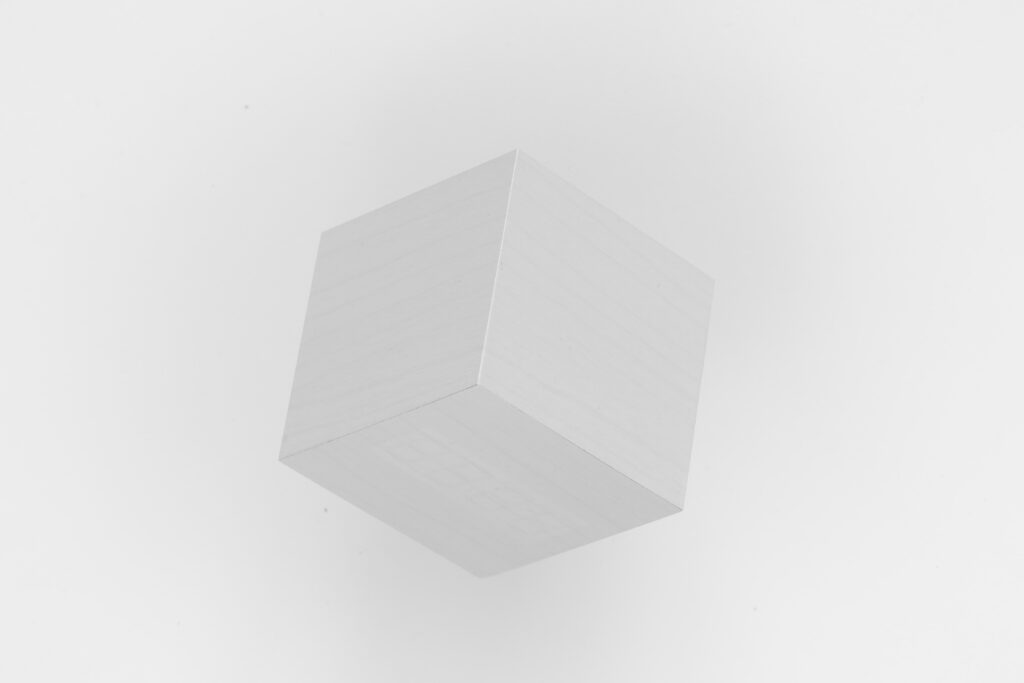The ‘Factory in a Box’ Concept
 Image credit: Daniele Levis Pelusi on Unsplash
Image credit: Daniele Levis Pelusi on Unsplash
At one end you supply the materials and at the other your product rolls off the assembly line
Description
Let’s start by imagining a box with assembly robots, IoT sensors, and other automated machinery. At one end you supply the materials necessary to complete the product. At the other end, the product rolls off the assembly line. The only intervention needed for this device is routine maintenance of the equipment inside. This could be a potential future of manufacturing, and machine learning can help us understand the full picture of how this can be achieved.
Machine learning can help ensure the following tasks: quality assurance, NDT analysis, localising the causes of defects, and more. Using neural networks, high optical resolution cameras, and powerful GPUs, real time video processing combined with machine learning and computer vision can complete visual inspection tasks for quality assurance better than humans can. This technology ensures that the factory in a box is working correctly, and that unusable products are eliminated from the system.
Relevance
Nokia is utilising portable manufacturing sites in the form of retrofitted shipping containers with advanced automated assembly equipment. These containers can be used in any location necessary, allowing manufacturers to assemble products on-site instead of needing to transport the products longer distances instead. How might cases such as this influence a more localised future of manufacturing?
Learn more
Vision
EIT Manufacturing vision for the future of Manufacturing in Europe in 2030, called ‘Fixing Our Future
Enablers
Enablers for future change and actions to make the vision, as described in Fixing Our Future, a reali
Signals
A knowledge library of over 100 signals of change, as examples of emerging manifestations towards the
About the project
Learn more about the background, the process and the people and the contributors behind this project.

